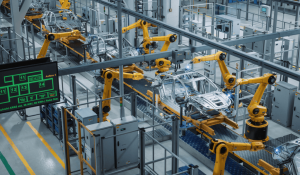5 uses of IoT in energy sector
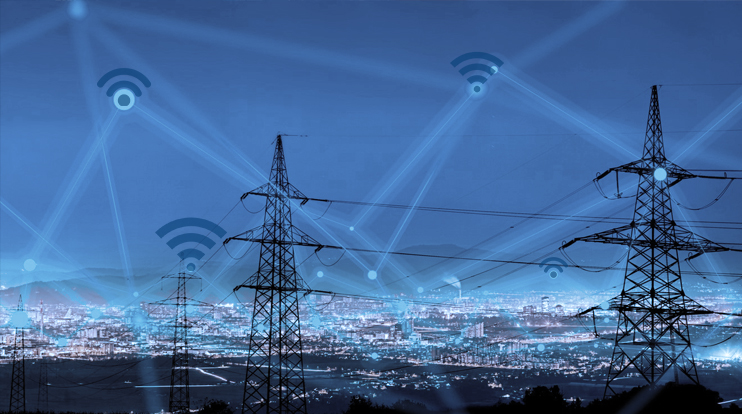
While principles of IoT are similar no matter what industry, the precise application may not be so obvious in different sectors. It isn’t always clear how to convert the basic benefits of digitization, automation, load management, data collection, and data analysis into measurable profit. Let’s consider several examples of how IoT is transforming the energy industry.
1. Smart metering
A good illustration of using IoT in the energy industry is smart metering. Smart meters are IoT-enabled devices that collect advanced information about energy usage. Unlike conventional meters which can only show the amount of energy consumed, the data collected by smart meters include voltage level, current, and power factor. This data helps energy suppliers have a more accurate image of the actual energy demand and consumption patterns.
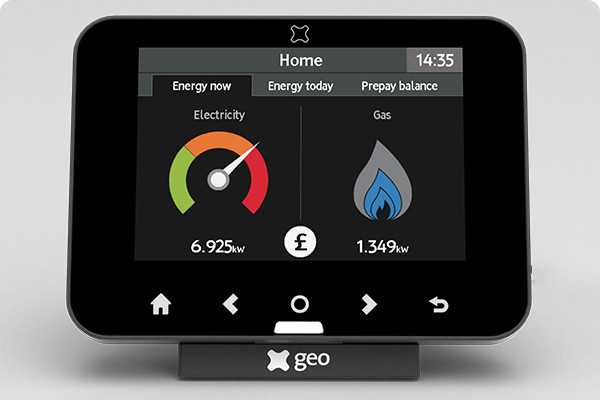
Smart meters can communicate with the power supplier systems and automatically send there the collected data. Analyzing the smart metering data, the utility companies can tailor the supply to the actual demand. This way the power plants can avoid energy waste caused by overprovision and prevent electricity shortages resulting in cutting off some households’ electricity.
Smart metering technology has two-sided benefits for energy saving. On the one side, smart meters give consumers a deeper understanding of how much electricity they use and how much money they spend on this. Smart meters can also show the current price for electricity. This way, users can detect loopholes and find the most optimal way to stay energy efficient and save costs.
On the other side, energy utilities get more accurate information about consumption patterns and tailor the supply to the actual demand. Understanding the consumption patterns is important because the stable energy flow relies on a strict balance between production and consumption.
2. Smart grids
A smart grid is a new generation of energy grid that is more technologically advanced. While conventional grids are mostly electromechanical, smart grids are designed to use digital technologies by default which opens up new possibilities.
Sensors and controllers installed in smart grids make it possible to identify, localize faults, and “recover” faster. For instance, the conventional grid relies significantly on manual work to find out flaws. This means that the control centers see when and where something goes wrong, but the technician needs to come and check manually whether it’s a cable issue or something else.
Smart grids, on the contrary, use a multitude of sensors that can find out the fault on their own. The IoT energy monitoring solutions allow smart grids to reconfigure the energy flow bypassing the affected parts and resupply power without human involvement.
In addition to more IoT energy solutions, smart grids tend to use a microgrid structure. Such a configuration implies that the grid delivers electricity to small communities, but is connected to a larger energy network. When something goes wrong within a microgrid, it is shut off locally and the blackout stays within the small area, without affecting other consumers.
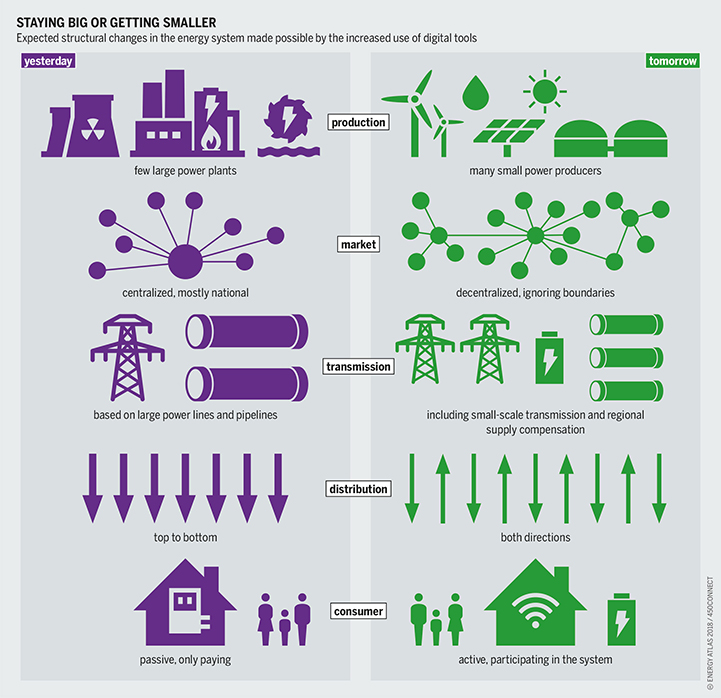
The smart grid illustrates the importance and value of IoT in renewable energy. The possibility of bi-directional electricity and data flow allows for the easier integration of renewable energy into the grid. Solar energy IoT solutions allow users with solar panels to supply sustainable electricity to their homes and minimize the consumption of electricity generated from burning fossil fuels. Furthermore, if there’s excess solar electricity, users can sell it back to the grid.
While smart grids are on the rise, their mass implementation still represents a challenge. The main difficulty is how to make all the sensors, controllers, meters, and digital technologies work together and how to normalize the received data. To create a high-quality and safe energy management system, look for an IoT development company with proven experience in the domain. Expertise in HVAC web development services will also be a plus.
3. IoT energy monitoring & automation of the energy usage
How to monitor energy usage with IoT? IoT-based home automation and smart metering technologies make this possible. A prime example is an IoT energy management solution Vakoms has been working on. The software is aimed at automating energy consumption intelligently helping households avoid excessive electricity usage during high demand.
Consuming energy during high demand is bad for two reasons. First, there’s a risk of being cut off from electricity completely until the provider retrieves the balance between supply and demand. Second, the rate during high demand is significantly elevated. Avoiding excessive consumption during high demand is a good way of optimizing energy usage and saving costs.
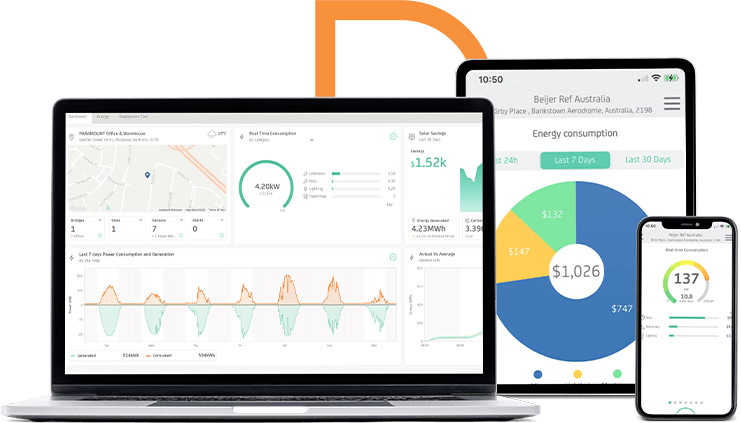
The plugin we’re working on allows automating the routines for smart devices. For instance, users can add a scenario where the plugin will automatically turn off a fan or another device during high demand, and turn it back on when the high demand event is over. This way, users can create a fully automatic environment that will save energy without human interference.
Additionally, the software works perfectly with smart meters, allowing users to forget about manual transferring of the metering data. The plugin can communicate directly with the electricity provider, collecting and sending the meter readings at any moment when required.
4. Prediction of accidents and condition monitoring
IoT helps monitor the condition of the electric grid and prevent possible accidents. Natural disasters and supply-demand imbalances can cause severe damage to power plants and result in major blackouts.
Smart sensors in the grid can monitor the condition of its parts and alert about possible issues before they happen. If the grid is “smart”, it already has its prediction and “self-healing” mechanisms in place. If a line goes down, the self-healing mechanisms allow bypassing the damaged nodes and re-energizing the unaffected grid parts faster.
Conventional grids can also benefit from IoT applications in the energy sector. Smart sensors and predictive technologies can monitor and analyze energy consumption and grid conditions. IoT allows for more accurate communication between power stations, vital nodes of the network, and the grid.
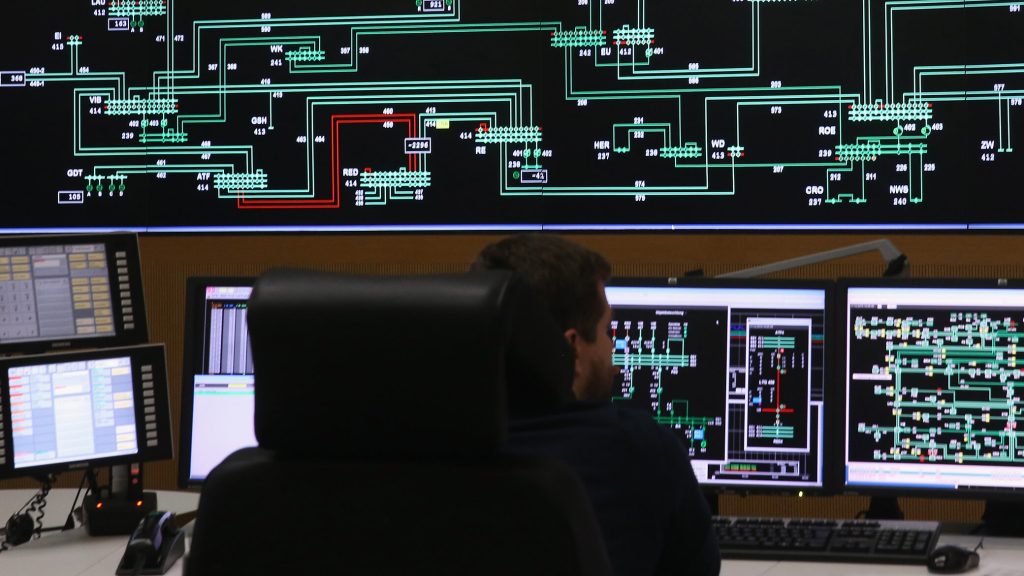
Algorithmic and data-driven processes can analyze the collected data and create prediction models to forecast natural disasters or potential accidents. The prediction models help stay informed about the upcoming issues and respond to them properly. This improves the sustainability of the energy sector.
Having the proper prediction models in place, it’s possible to manage the consumption patterns to avoid heavier consequences like major blackouts. If consumers get notified about a possible disaster, they can minimize the electricity usage and reduce the load on potentially vulnerable nodes which will also contribute to the higher sustainability of the grid.
5. Improved energy efficiency in the manufacturing sector
The industrial sector consumes a significant amount of the produced electricity. Implementing IoT solutions for industries is one of the ways to stay energy efficient and improve the sustainability of the manufacturing sector.
How can IoT save energy in manufacturing? IoT energy monitoring systems help manufacturers optimize energy consumption and reduce costs. Smart systems that can monitor energy consumption in real-time help manufacturers get more accurate information about their energy usage and optimize it where possible.
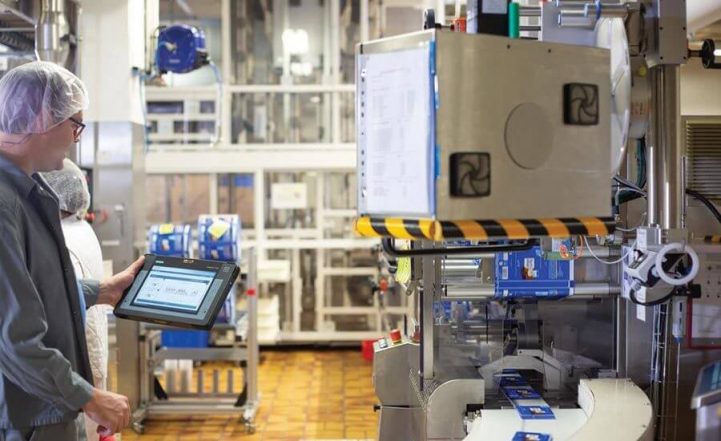
Hardware like sensors, actuators, etc. collects real-time data from the essential manufacturing nodes. It can analyze the electricity consumption, productivity, equipment left on, and various inefficiencies. For instance, overheating of the equipment can indicate either energy waste or impairment in the machine. Both issues can be recognized by smart IoT energy solutions and rectified before the damage is done.
Smart sensors send the collected data to the dashboard where it gets analyzed and transformed into usable information. The sorted data gives insights into what can be improved to reduce energy consumption and expenses. Clear and more accurate data about electricity usage also promotes responsible consumption among the manufacturers.
Conclusion
IoT is a perfectly scalable and flexible technology. It can be of use for pretty much any company looking for digitization, automation, or optimization of its processes. IoT energy monitoring, solar energy IoT solutions, and other IoT applications in the energy sector opened up a lot of possibilities to companies and smart homes looking for ways to sustainability and energy efficiency. If you need tech advice on how to benefit from IoT development, don’t hesitate to ask our specialist.




